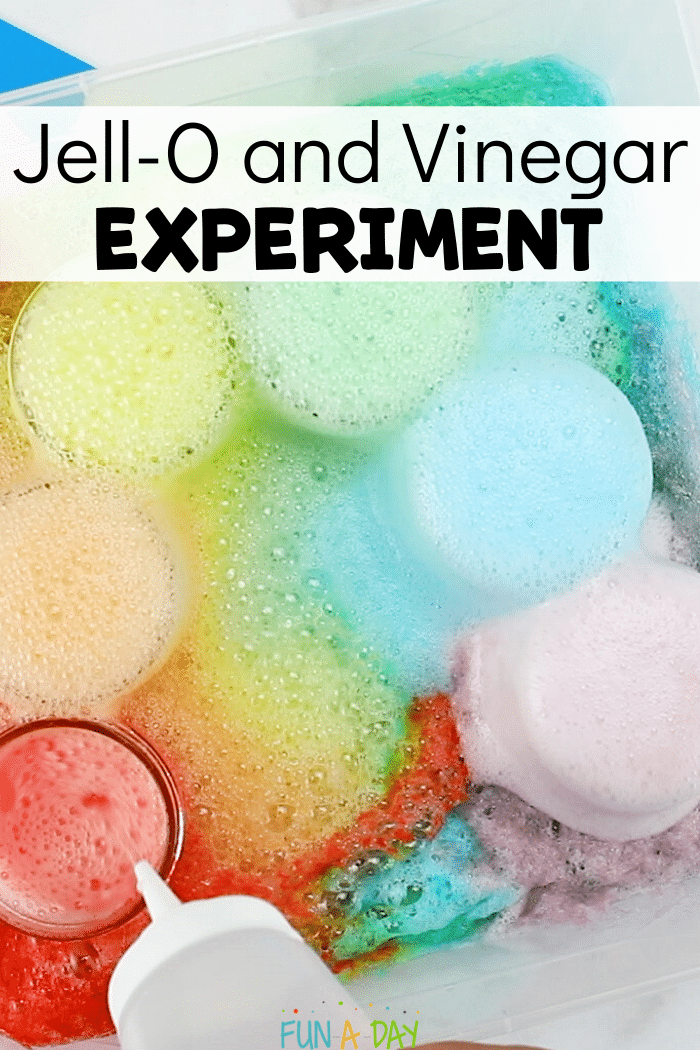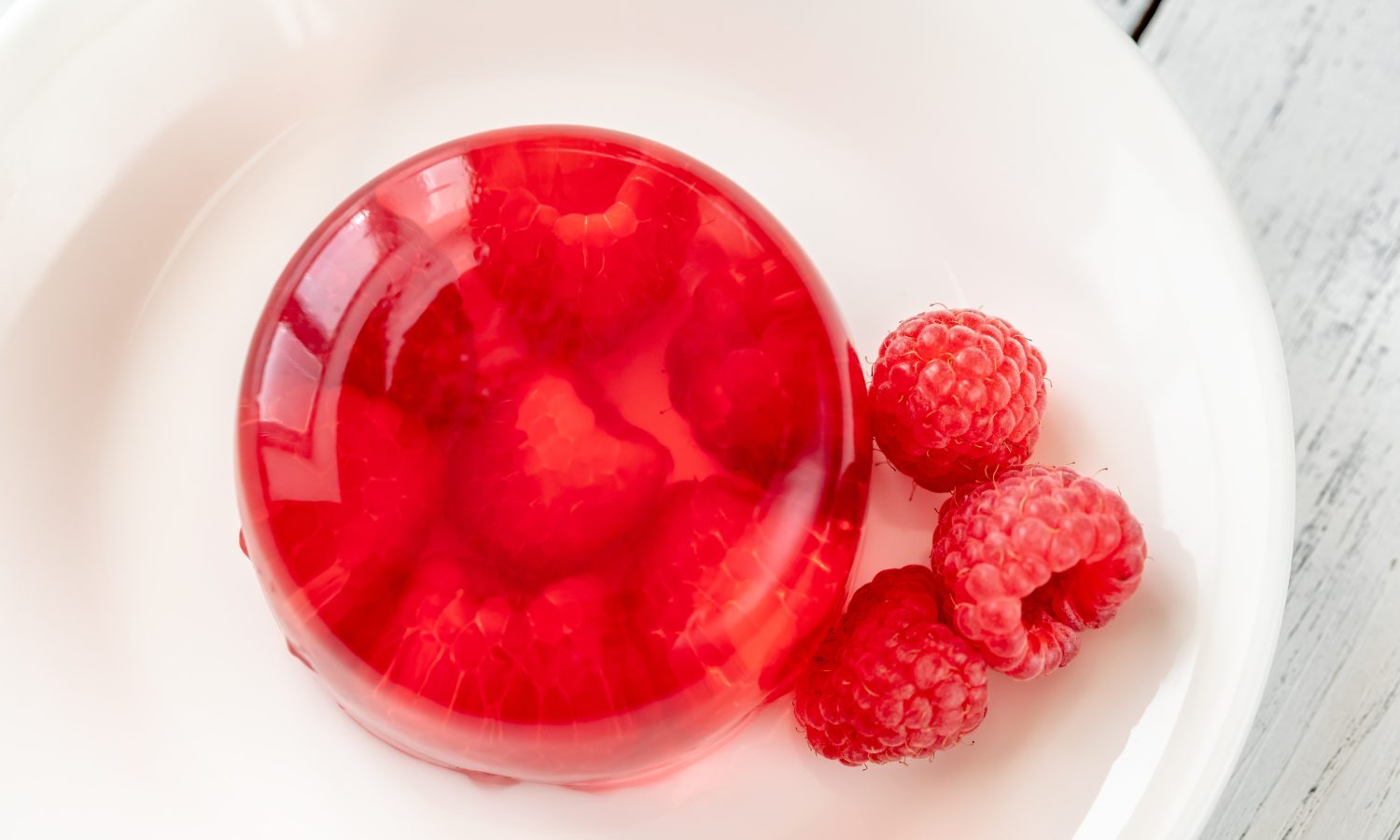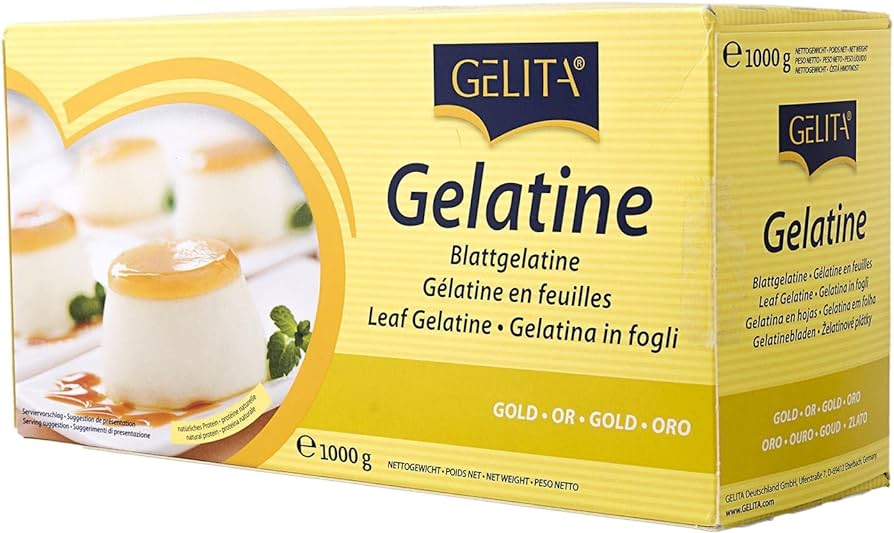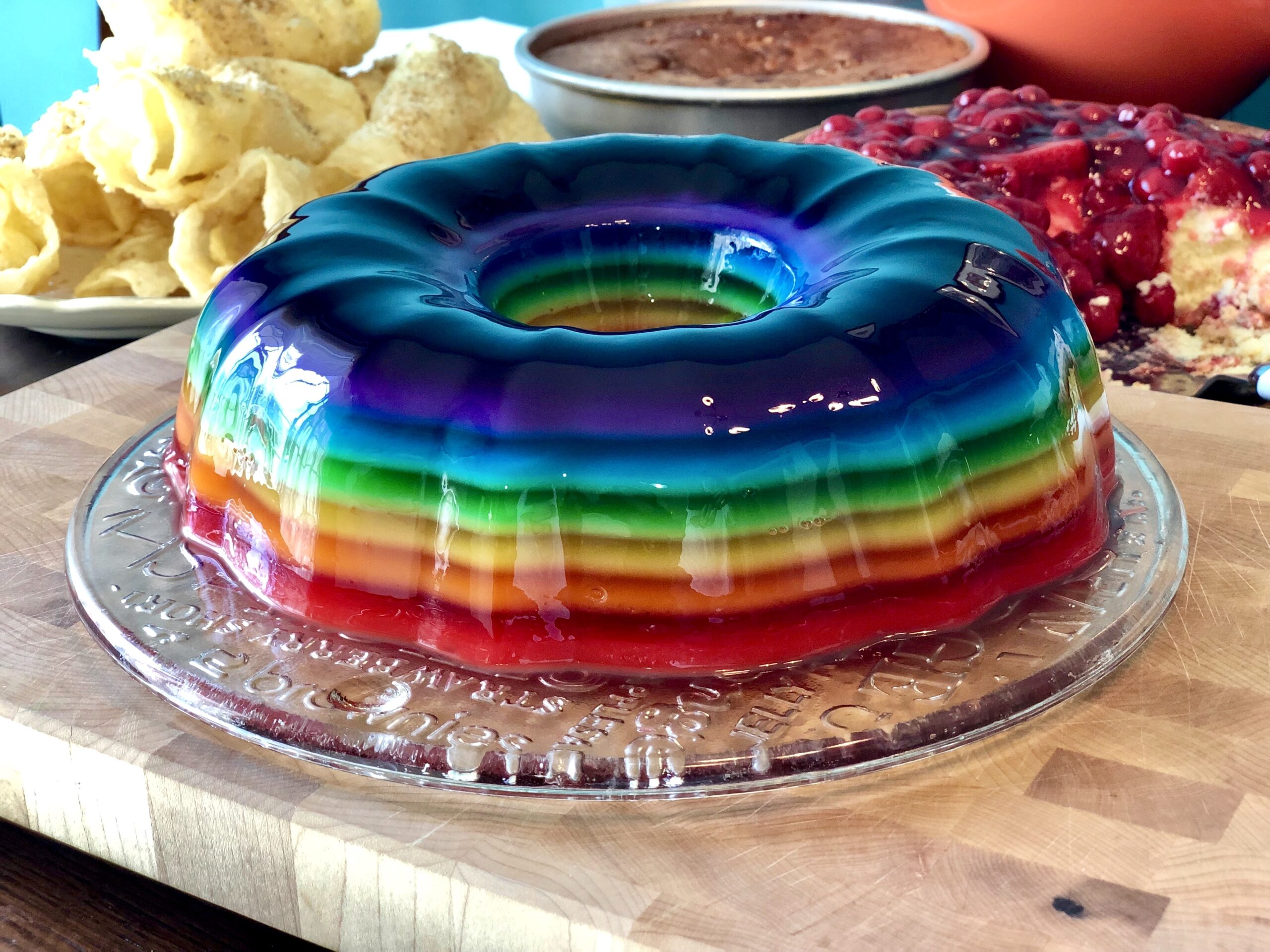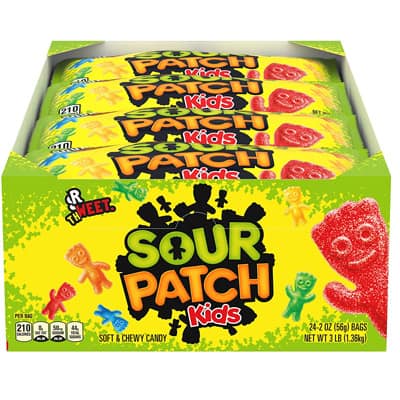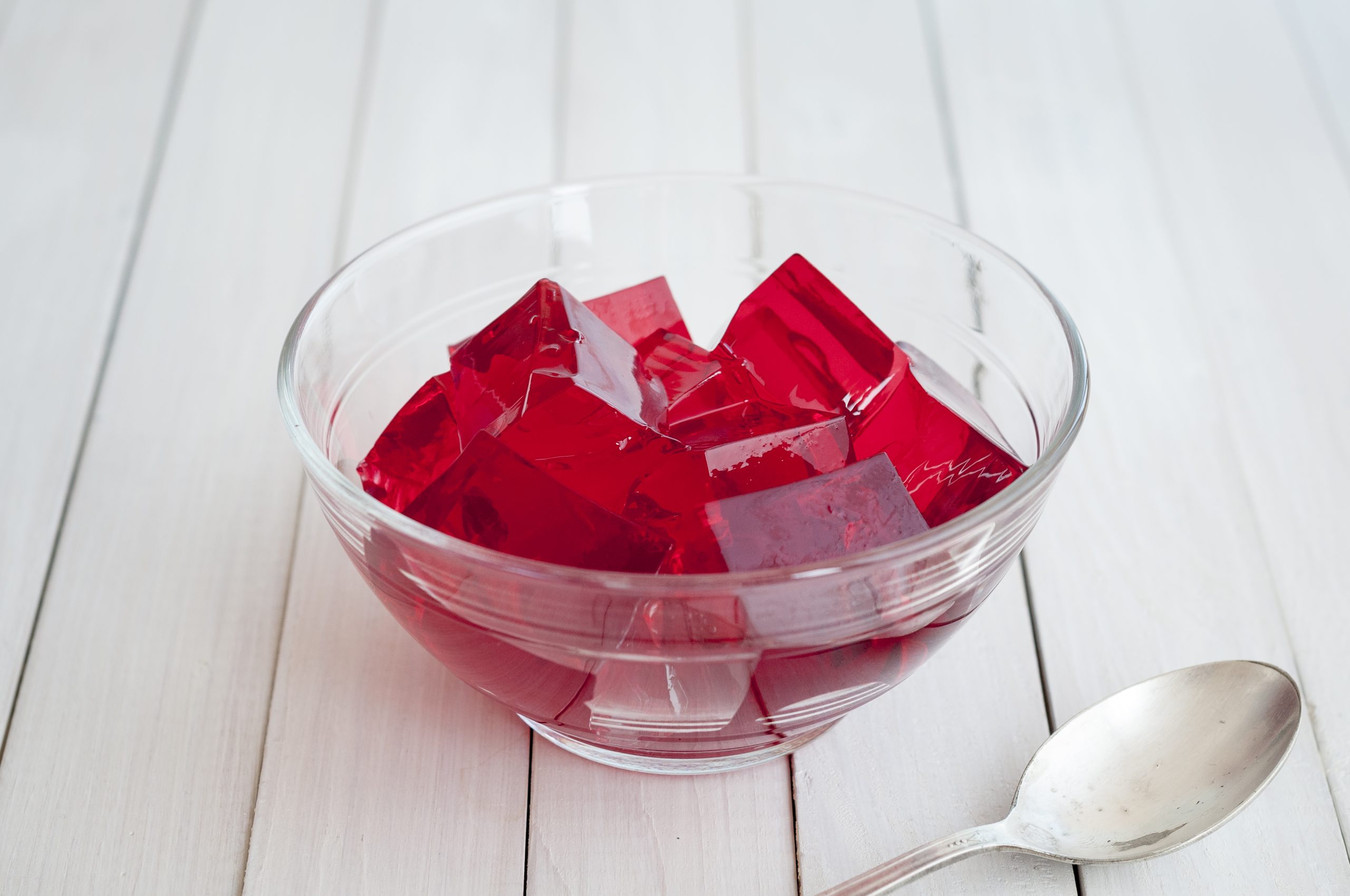How Long Does It Take for Jello to Set: A Delicious Science Experiment
– The recommended temperature for gelatin to set is approximately 34°F (1°C).
– If you don’t have a fridge, you can place the serving bowls with Jello inside an ice bath (large bowl filled with ice cubes) to set it. This method may take over 6 hours.
– The table provides the setting times for different methods: refrigeration takes 2-4 hours, freezing plus refrigeration takes 1-3 hours, and no freezing or refrigeration takes over 6 hours.
– Using the refrigerator is the best method for setting Jello as slower speed provides more heat resistance for the dessert.
– Three ways to speed up the hardening process of Jello are: using small bowls, chilling your mold in advance, and using ice cubes during preparation.
– Using ice cubes or a mixture of ice and water instead of cold water speeds up the set time to 1-1.5 hours.
– Freezing Jello for only 20 minutes and then bringing it to the fridge can also speed up the setting process, but extended freezing may cause parts of the Jello to freeze while the center remains unset.
– Some fruits like pineapple, kiwi, guava, papaya, ginger, and figs have enzymes that may prevent Jello from setting. The article discusses why jello may not set and how to fix it. It states that certain fruits, such as pineapple, kiwi, papaya, and guava, contain enzymes that inhibit gelification. It advises against using these fruits in jello if you want it to set properly. It also mentions that not following the box’s instructions, specifically dissolving the gelatin mixture in boiling water before adding cold water, can result in jello not setting. It suggests not covering the jello with plastic wrap, as this can prevent it from setting. If the jello has already been made and doesn’t set, the article suggests removing any fruit and refrigerating it for at least 5 hours to see if it will set. If the jello doesn’t contain fruit, it advises melting it in a double boiler and letting it set in the refrigerator again. The article concludes by saying that jello usually takes 2-4 hours to set in the refrigerator but can be accelerated by using ice cubes, small chilled bowls, or the freezer.
– Jello is a fruit-flavored gelatin dessert and a registered trademark of Kraft Heinz.
– It is sold in sachets and comes in different flavors.
– Jello is made with gelatin powder, sugar, and various flavorings.
– It takes 2-4 hours for jello to set in the fridge, depending on serving size.
– Extra-large jello desserts take 4-6 hours to set.
– Jello can be stored in the fridge for 7-10 days.
– Freezing jello can speed up the setting process, but it should only be frozen for 20 minutes before transferring to the fridge.
– Jello will not set properly at room temperature.
– The ratio of alcohol to non-alcoholic liquid should be maintained to not interfere with gelatin setting.
